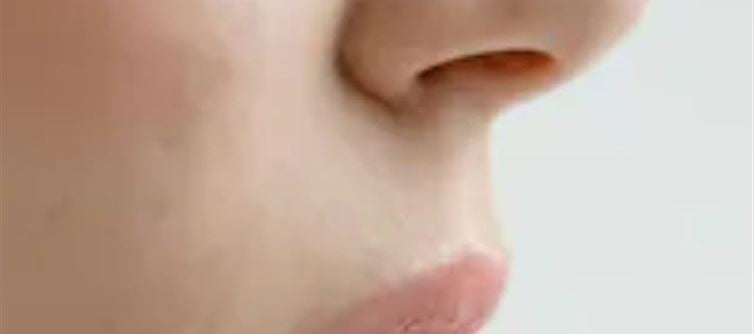
Nose as a Life Indicator
You can often understand a person’s life situation by observing their nose without asking questions.
The face, especially the nose, reveals a lot about personality and current life conditions.
Changes in blood circulation affect the nose, making it a visible stress indicator.
Nose Stress Signal: What the Nose Reveals
Cold Nose and Stress
When a person is stressed, blood flow redirects to vital organs (heart, brain).
This reduces blood flow to the nose, making it feel colder.
The cold nose is a natural stress signal seen in both humans and animals.
Once the stressful condition resolves, the nose returns to normal warmth.
This helps identify people who hide their emotions or suppress feelings.
Nose: A Mirror of Health
Nose Reflects health Conditions
The nose is not just for breathing; it mirrors overall health.
According to the british Skin Foundation, rosacea causes redness, swelling, and thickening of the nose (rhinophyma).
Rhinophyma is more common in men and is linked to a skin disease, not alcohol.
Nostril Perforation: Causes and Implications
Perforation in the Nasal Septum
Nasal septum perforations can develop due to various reasons:
Frequent use of nasal sprays
Autoimmune diseases
Drug abuse
Genetic and environmental factors determine nose shape and structure (American Journal of Medical Genetics).
Summary: Using the Nose to Understand Life
The nose acts as a subtle but powerful indicator of health and emotional state.
Observing changes such as coldness or redness can provide clues about stress and health without verbal communication.
This natural "stress signal" of the nose helps read suppressed emotions and hidden life challenges.
Disclaimer:
The information contained in this article is for general informational purposes only. While we strive to ensure accuracy, we make no warranties or representations of any kind, express or implied, about the completeness, accuracy, reliability, suitability, or availability of the content. Any reliance you place on the information is strictly at your own risk. The views, opinions, or claims expressed in this article are those of the author and do not necessarily reflect the official policy or position of any organization mentioned. We disclaim any liability for any loss or damage arising directly or indirectly from the use of this article.




 click and follow Indiaherald WhatsApp channel
click and follow Indiaherald WhatsApp channel